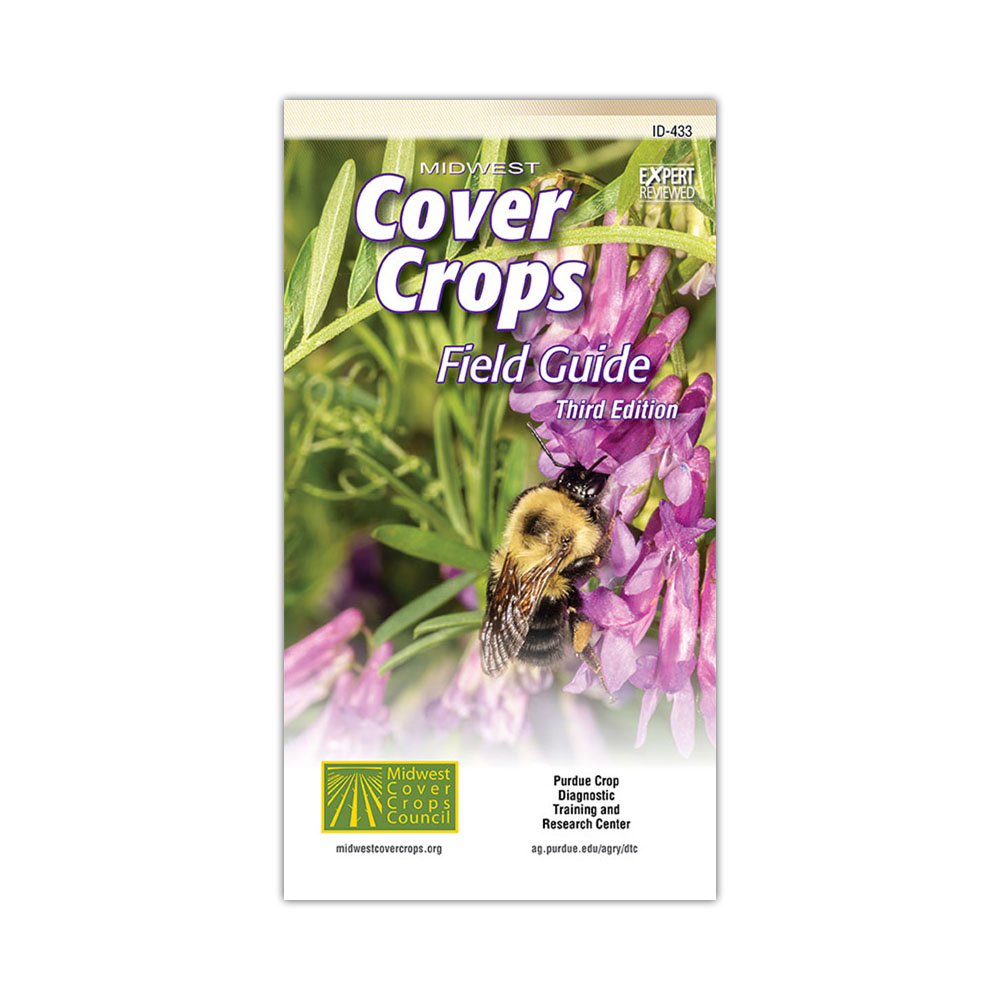Description
This guidebook is 202 pages, 3.25″ wide x 6″ tall, printed in full color. It was designed to be an in-field reference, so the information presented is necessarily brief.
It includes new photos, expanded information, and more. This popular pocket-size book helps you effectively select, grow, and use cover crops in food plots. It was written for farmers, but it has considerable information for deer hunters who want to have food plots.
The rationale for growing cover crops is to have living, growing plants in our cropping systems or food plots at times of the year when we typically have nothing growing. The cover crop extends the “green period” and reduces the “brown gap” or fallow period.
Cover Crop Guide Contents:
- Getting Started
- Choosing Cover Crops (Objectives/Benefits of Cover Crops, Approximate Cover Crop Seeding Periods)
- Pure Stands vs. Mixtures
- Suggested Cover Crops for Common Rotations
- Seeding Methods (Timing, Equipment, Specialized Equipment)
- Planting Green
- Cover Crops as Weeds
- Herbicide Carryover and Cover Crops
- Insects and Slugs (Positive & Negative Effects)
- Voles / Nematodes / Diseases
- Soil Fertility
- Climate/Plant Type Considerations
- Cover Crop Species (big section)
- Pure Live Seed / Conversion Factors
- Resources
Always consult local information sources for more details for your area; there are significant climate and soil differences across the Midwest.
The Cover Crops Field Guide also lists several general information sources, plus weed control guides and extension service website addresses for Illinois, Indiana, Iowa, Kansas, Michigan, Minnesota, Missouri, Nebraska, North Dakota, Ohio, Ontario, University of Guelph-Ridgetown Campus/Ontario, South Dakota and Wisconsin.






Reviews
There are no reviews yet.